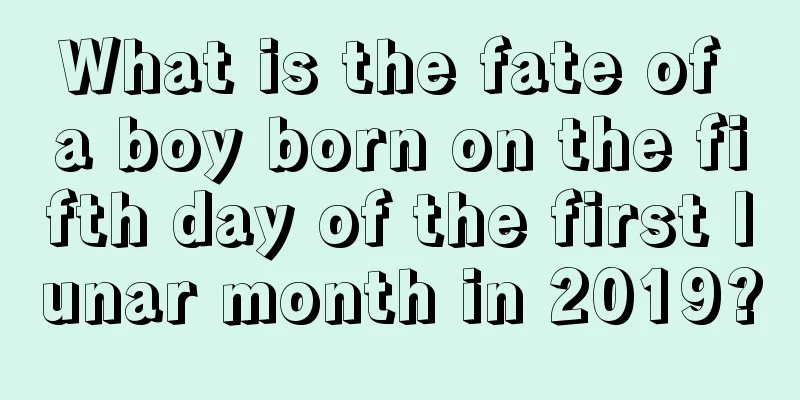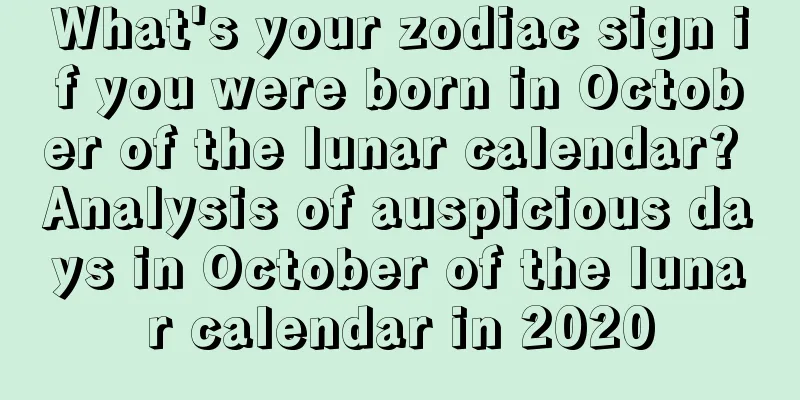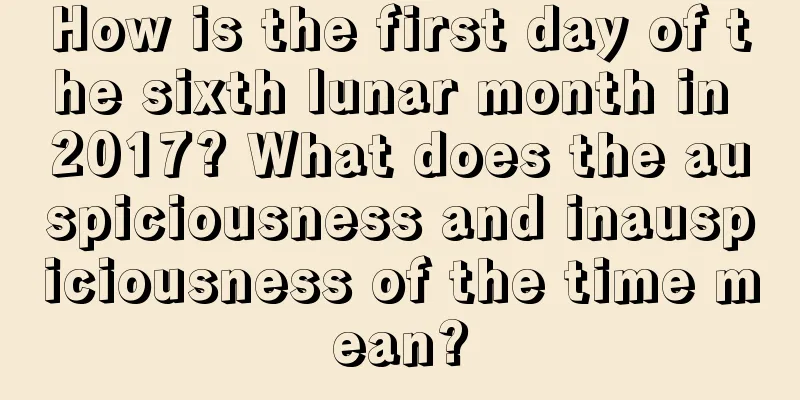What is the origin of the Great Cold solar term? Why is it called Dahan?

Dahan is the last solar term of the twenty-four solar terms in my country. So what is the origin of Dahan? Why is it called Dahan? Let’s take a look at the following content!What is the origin of the Great Cold solar term?Dahan is the twenty-fourth solar term of the twenty-four solar terms. It occurs around January 20 of the Gregorian calendar every year when the sun reaches 300° of the ecliptic longitude. "Han" means extreme cold, and the weather is very cold. Dahan is the last of the twenty-four solar terms. After the extreme cold, spring is approaching.The Great Cold is the last of the 24 solar terms and the season when winter is about to end. Signs of spring coming back to life can be felt faintly. After the Great Cold, the new year's solar terms will come again. Every time the Great Cold Festival comes, people start to get busy getting rid of the old and bringing in the new, pickling New Year's dishes, and preparing New Year's goods. During the period from Great Cold to Beginning of Spring, there are many important folk customs and festivals, such as Kitchen God worship and New Year's Eve. The biggest festival, the Spring Festival, also falls during this solar term. The Origin of the 24 Solar TermsThe 24 solar terms originated in the Yellow River Basin. As early as the Spring and Autumn Period, the four solar terms of mid-spring, mid-summer, mid-autumn and mid-winter were established. After continuous improvement and perfection, by the Qin and Han dynasties, the 24 solar terms had been fully established. In 104 BC, the Taichu Calendar formulated by Deng Ping and others officially included the 24 solar terms in the calendar and clarified the astronomical positions of the 24 solar terms.The time it takes for the sun to move 15 degrees along the ecliptic longitude from zero degrees is called "a solar term." It runs 360 degrees every year, experiencing 24 solar terms, 2 per month. Among them, the first solar term of each month is the "solar term", namely: Beginning of Spring, Waking of Insects, Qingming, Beginning of Summer, Grain in Ear, Lesser Heat, Beginning of Autumn, White Dew, Cold Dew, Beginning of Winter, Heavy Snow and Lesser Cold; the second solar term of each month is the "middle term", namely: Rain Water, Vernal Equinox, Grain Rain, Grain Full, Summer Solstice, Greater Heat, End of Heat, Autumnal Equinox, Frost Descent, Light Snow, Winter Solstice and Greater Cold. "Solar terms" and "Zhongqi" appear alternately, each lasting 15 days. Now people have collectively referred to "solar terms" and "Zhongqi" as "solar terms". |
Recommend
The direction of the God of Happiness on the 16th day of the fourth lunar month in 2018
The Fortune Teller website has carefully compiled...
Is the date of the Dragon Boat Festival in 2018 a good one? Can we burn incense and pray for blessings on the Dragon Boat Festival?
Introduction: Burning incense and praying for bles...
What month is the seventh month in the lunar calendar? When is the Ghost Festival (Zhongyuan Festival) in July?
The seventh month of the lunar calendar is a month...
Is March 15th of the lunar calendar in 2018 a day for funerals?
Introduction: Funeral is an important part of the ...
What are the customs for Chinese New Year? Detailed explanation of the Chinese New Year custom of "traveling the god of joy"
Introduction: Our Chinese nation has a very profou...
Is the first day of the eleventh lunar month in 2019 an auspicious day for a funeral? Check today's auspicious and inauspicious time!
Introduction: Funeral is an important event, so an...
Lunar August 19, 2020: Auspicious and unlucky times, and lucky and unlucky times
The eighth month of the lunar calendar is also kn...
Is the fate of a girl born on September 23, 2017 in the lunar calendar good or bad?
Introduction: Every new day a new life is born, an...
What are the customs of Mid-Autumn Festival? Which solar term does the Mid-Autumn Festival fall on?
What are the customs of Mid-Autumn Festival? Which...
The fate of people born on the Double Ninth Festival on September 9th
Analysis of the fate of those born on the Double N...
Is it a good day to hold sacrifices on the third day of the fifth lunar month in 2019? Analysis of the good and bad luck at different hours today!
Introduction: Sacrifice is an important matter, an...
Check the auspicious and unsuitable floors for people of different zodiac signs to live in in 2020!
We know that there are 12 zodiac signs, and each p...
Is the fifth day of the sixth lunar month in 2022 a good day? Is it auspicious for opening a business?
The sixth month of the lunar calendar is also know...
What are the things to do and not to do on the 24th day of the seventh lunar month in 2020?
What are the things to do and not to do on the 24...
Will it definitely rain during the Grain Rain solar term? What is the saying about offering Grain Rain Sacrifice to Cangjie?
Introduction: Grain Rain is one of the 24 solar te...









